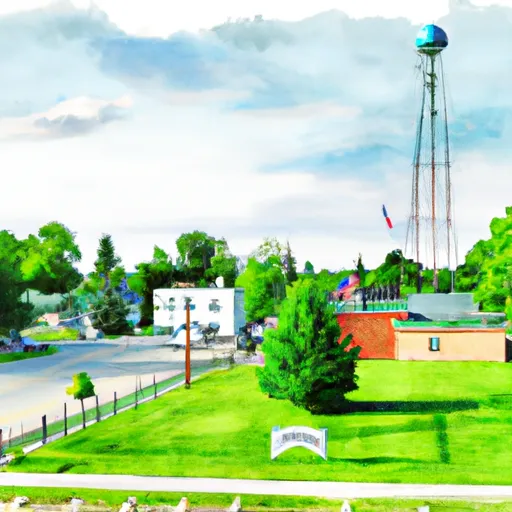°F
°F
mph
Windspeed
%
Humidity











Located in Hillsdale County, Michigan, Waldron is a small village with a population of approximately 500 residents. The region experiences a humid continental climate, characterized by four distinct seasons. Summers are warm with temperatures averaging in the high 70s°F (25-26°C), while winters are cold with temperatures dropping to the low 20s°F (-6°C). Precipitation is evenly distributed throughout the year, with an average annual rainfall of 35 inches (89 cm) and snowfall of 39 inches (99 cm).
The village is surrounded by picturesque landscapes and water bodies, including the Waldron Pond and the St. Joseph River, offering ample outdoor recreation opportunities. Fishing enthusiasts can enjoy angling for a variety of fish species, including bass, trout, pike, and catfish. The St. Joseph River also provides opportunities for kayaking, canoeing, and boating. In addition, the area is known for its scenic hiking and biking trails, providing nature enthusiasts with beautiful views of forests, meadows, and wildlife.
Overall, Waldron, Michigan offers a charming rural setting with a pleasant climate and diverse hydrology constituents, making it an ideal destination for outdoor activities, nature exploration, and relaxation.
Weather Forecast
Waldron receives approximately 928mm of rain per year, with humidity levels near 79% and air temperatures averaging around 10°C. Waldron has a plant hardyness factor of 5, meaning plants and agriculture in this region thrive during a short period during spring and early summer. Most plants will die off during the colder winter months.
Nearby Snowpack Depths
7
Inches
Regional Streamflow Levels
291
Cubic Feet Per Second
47
Cubic Feet Per Second
38
Cubic Feet Per Second
24
Cubic Feet Per Second
Nearby Camping
| Camping Area | Reservations | Toilets | Showers |
|---|---|---|---|
| Calhoun City Campground | |||
| Black Creek - State Forest | |||
| Harrison Lake State Park | |||
| Pleasant Lake | |||
| Lake Hudson State Rec Area | |||
| Sleepy Hollow State Park |



